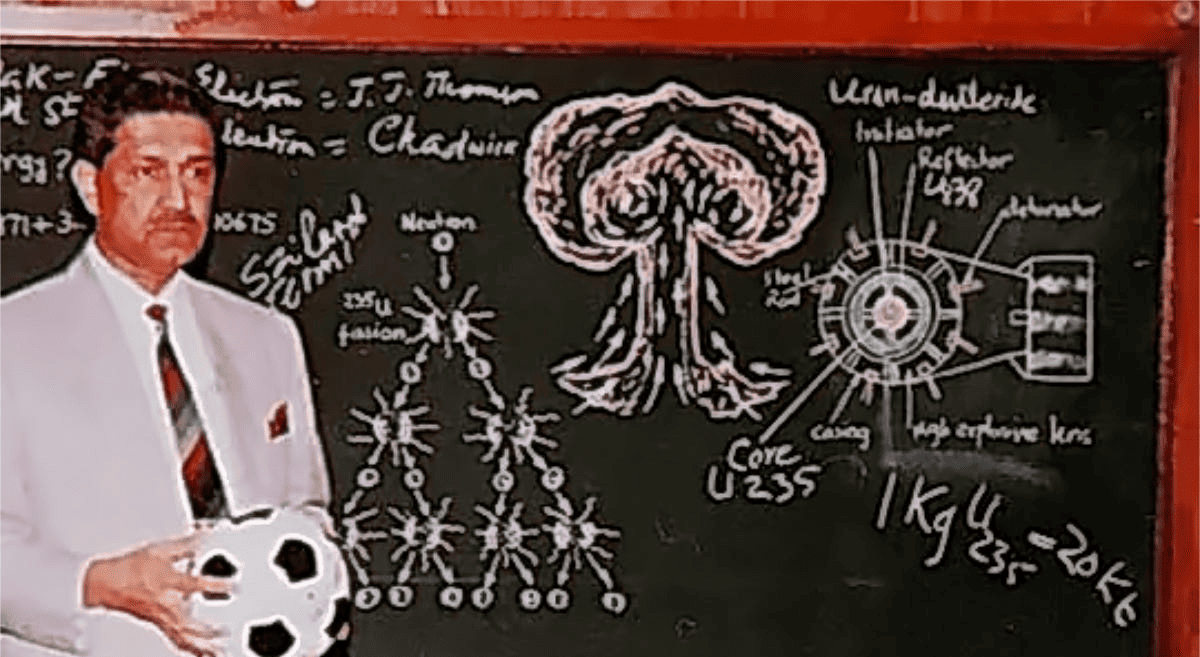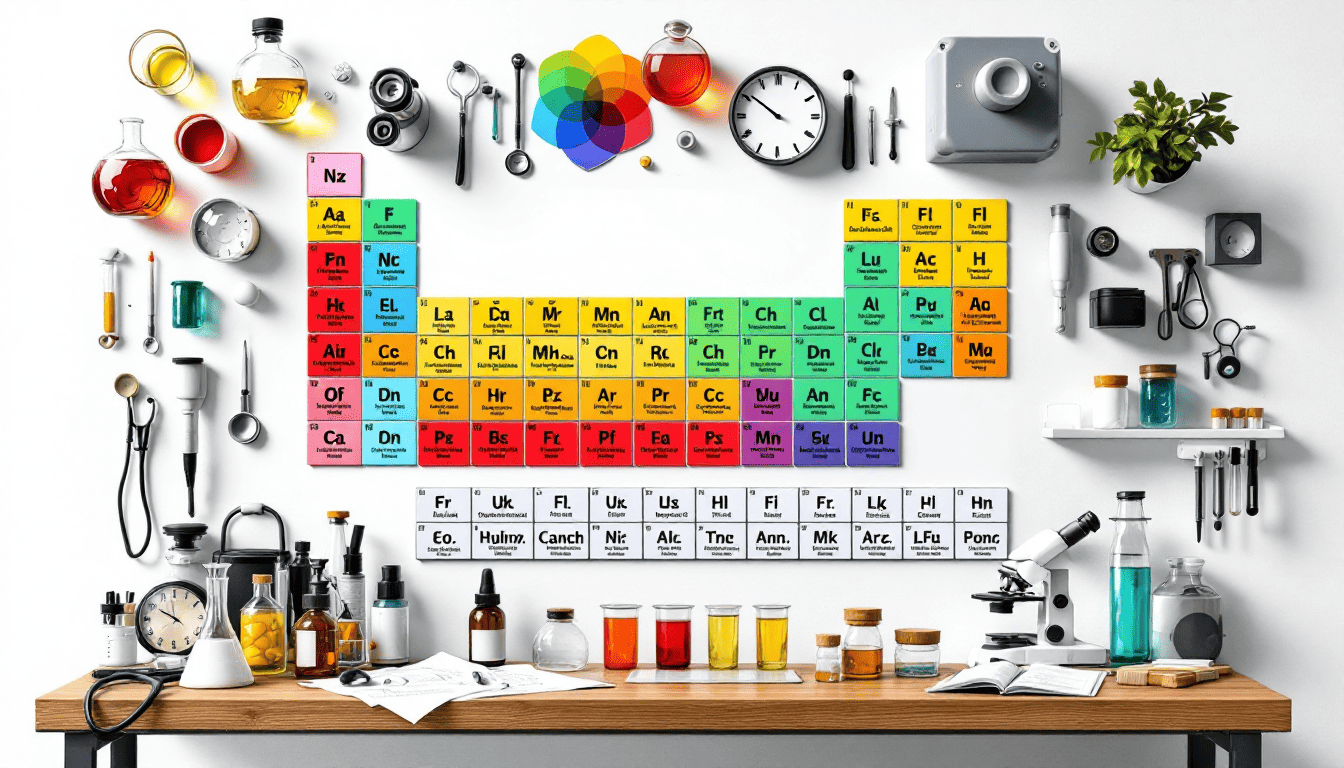Cannabis, Boomers, And Violence
Natural cannabis evolved with built-in safety mechanisms over millions of years. Synthetic 'spice' chemicals are 100x more potent lab creations which hijack the same brain receptors but without nature's safeguards—explaining why synthetics cause violence while real cannabis typically doesn't.






